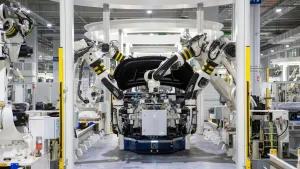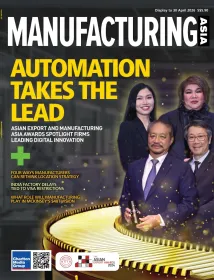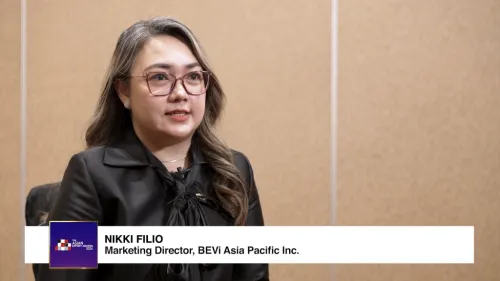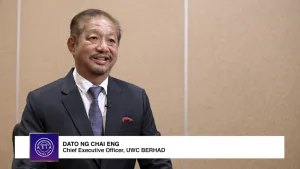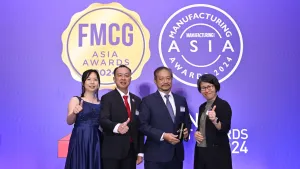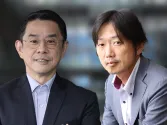
How COOs can build long-term value through smarter cost reduction
BCG says combining short- and long-term actions is more effective for lasting efficiency.
Roughly one-third of corporate leaders stated that cost reduction is their most critical priority, according to a report by Boston Consulting Group (BCG).
Yet companies that launch cost-cutting programs often struggle to generate sustainable improvements.
In another survey of C-level executives on costs and growth, 48% of Chief Operating Officers (COOs) reported that costs crept back up following previous reduction efforts.
Manufacturers, in particular, have often tried to contain costs in specific areas such as supply chains. But experts say that adopting both short-term and long-term measures across the entire end-to-end value chain may be more effective in boosting efficiency and locking in gains.
The report noted that for short-term measures, over the next three to six months, COOs must focus on reducing indirect and services spending in areas like IT and logistics, implement low-cost digital tools that don’t require major IT changes, and identify cost gaps across units using external benchmarks. Key areas to assess include spending, inventory, logistics design, and operational efficiency.
In the longer term, COOs can pursue more comprehensive, end-to-end optimisation and build a future-ready operations function.
BCG highlighted three key steps that COOs can take to attack the problem.
First, COOs need to coordinate with other function leaders to address costs cross-functionally. This approach calls for the COO to set the vision but then to work across organisational boundaries to execute that vision.
COOs can drive cross-functional collaboration by partnering with CIOs and CTOs to invest in technology with a focus on ROI, working with CFOs to track savings from change efforts, and coordinating with CHROs to communicate key messages about change programs and motivate employees.
The next step is to get started with artificial intelligence (AI). COOs must select one or two high-value yet readily implementable use cases that demonstrate the possibilities and benefits of the technology and generate institutional support.
From that foundation, they can use AI to methodically tackle bigger enterprise-wide technological challenges, such as data integration and system harmonisation.
Lastly, many COOs report feeling bound by the high level of fixed costs in the operations function, particularly those from manufacturing and distribution facilities.
According to the report, the solution is to convert such costs into variable costs by working with a broader ecosystem of external partners and providers.
This collaboration can aid COOs in lowering fixed costs and focusing on core competitive strengths.

